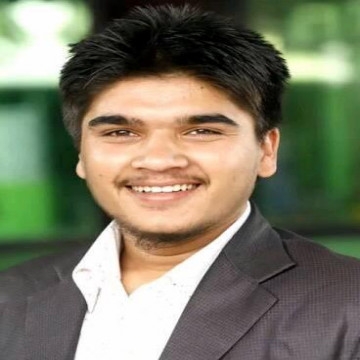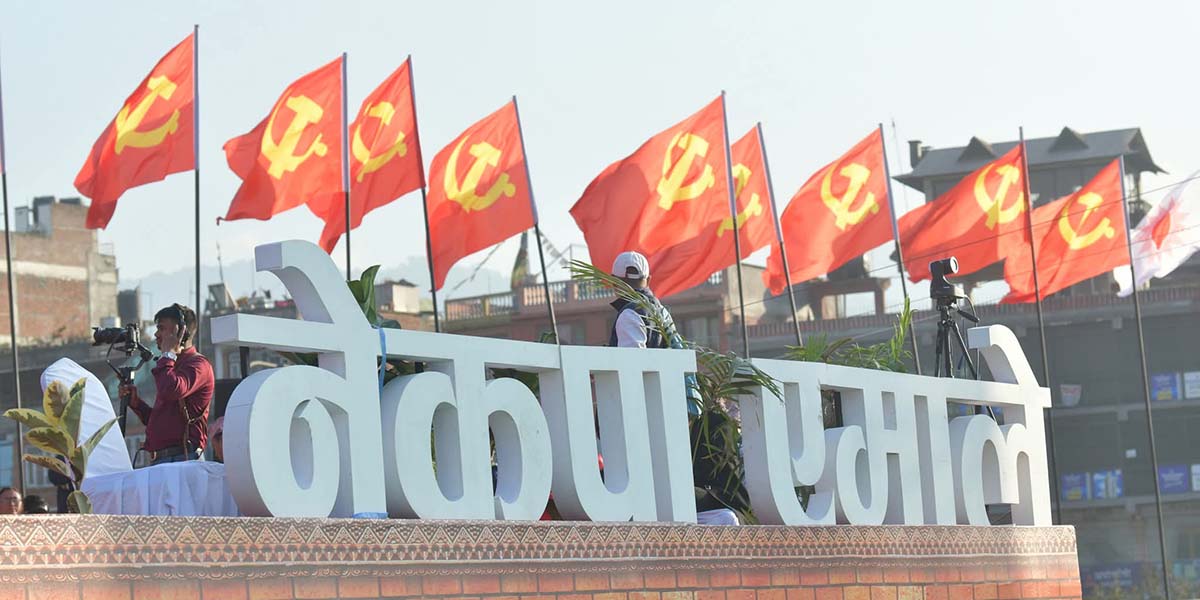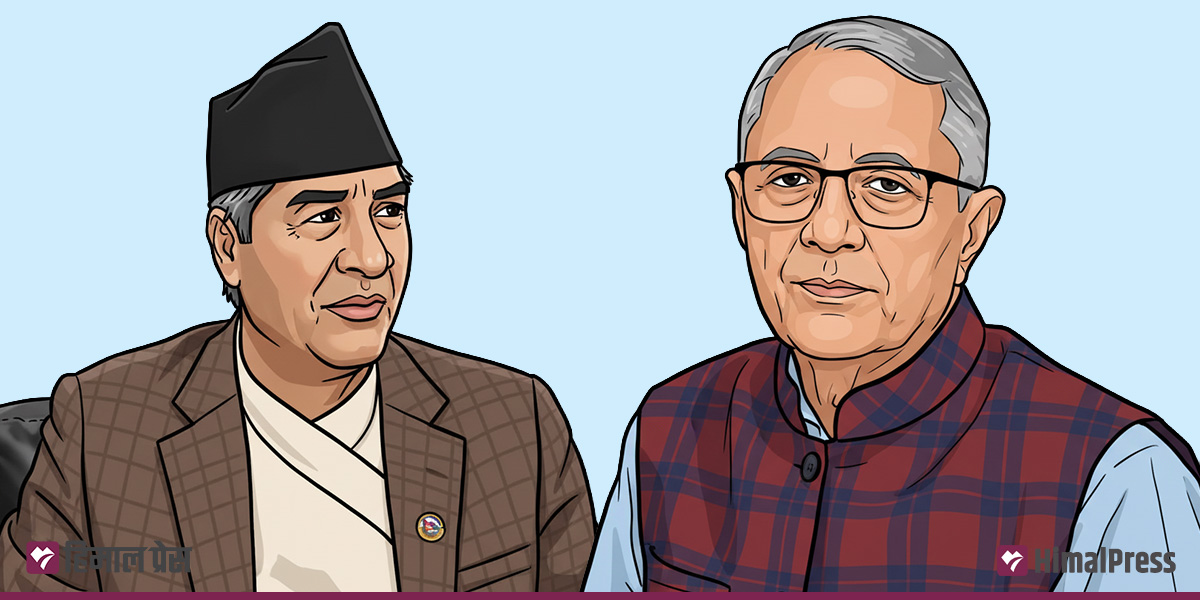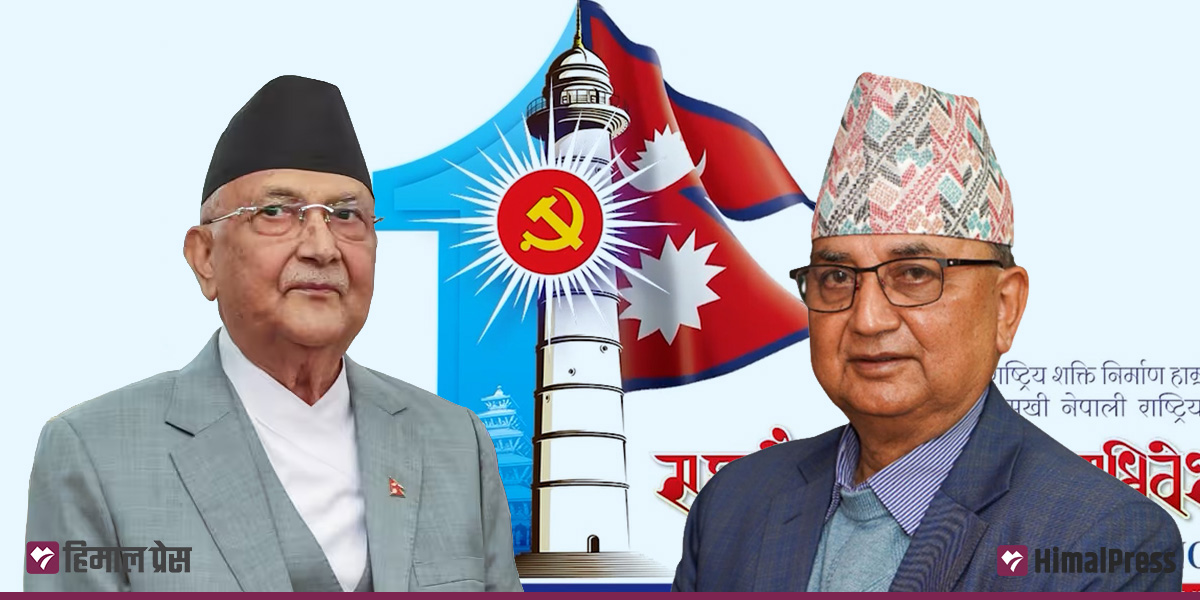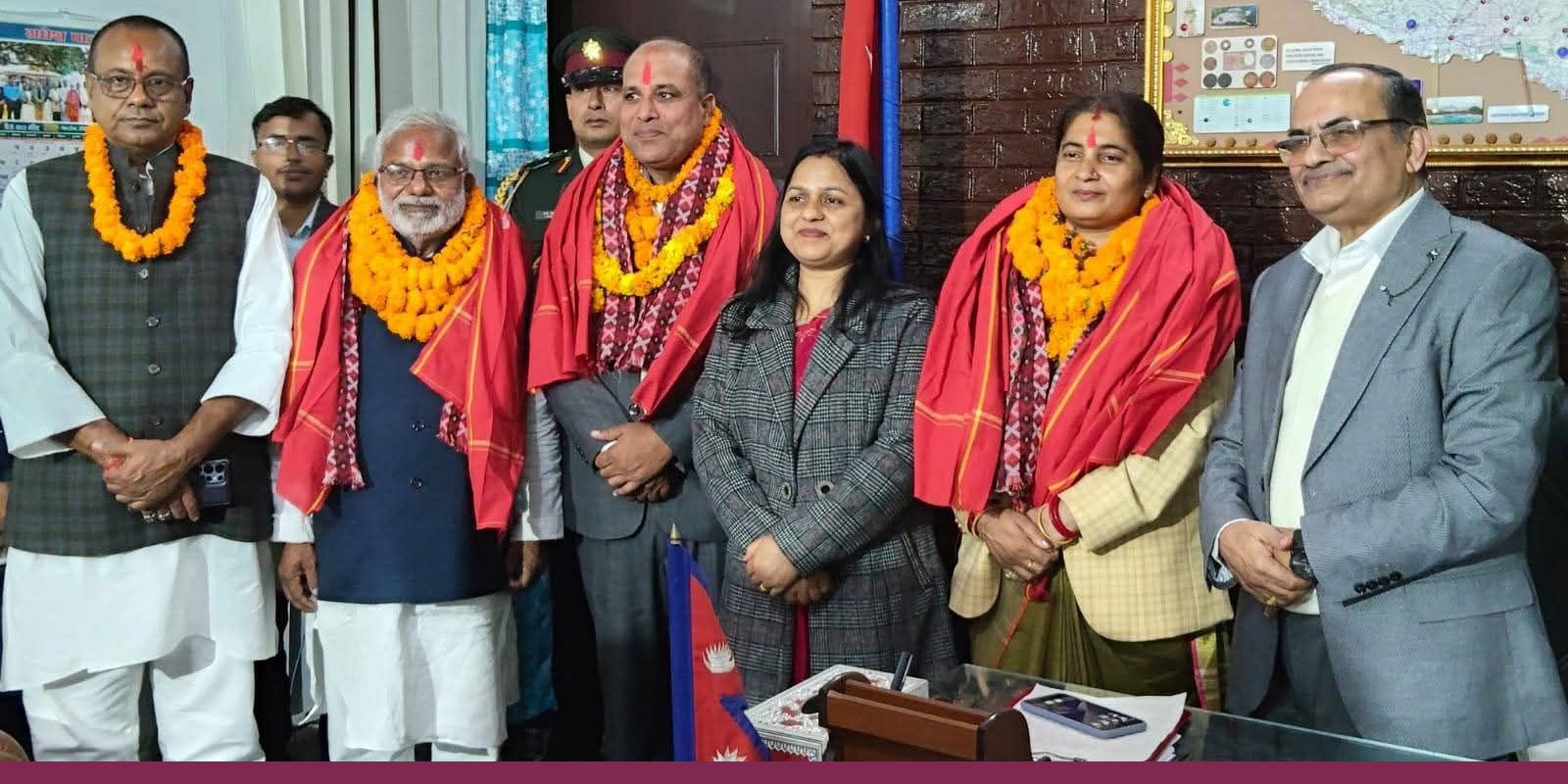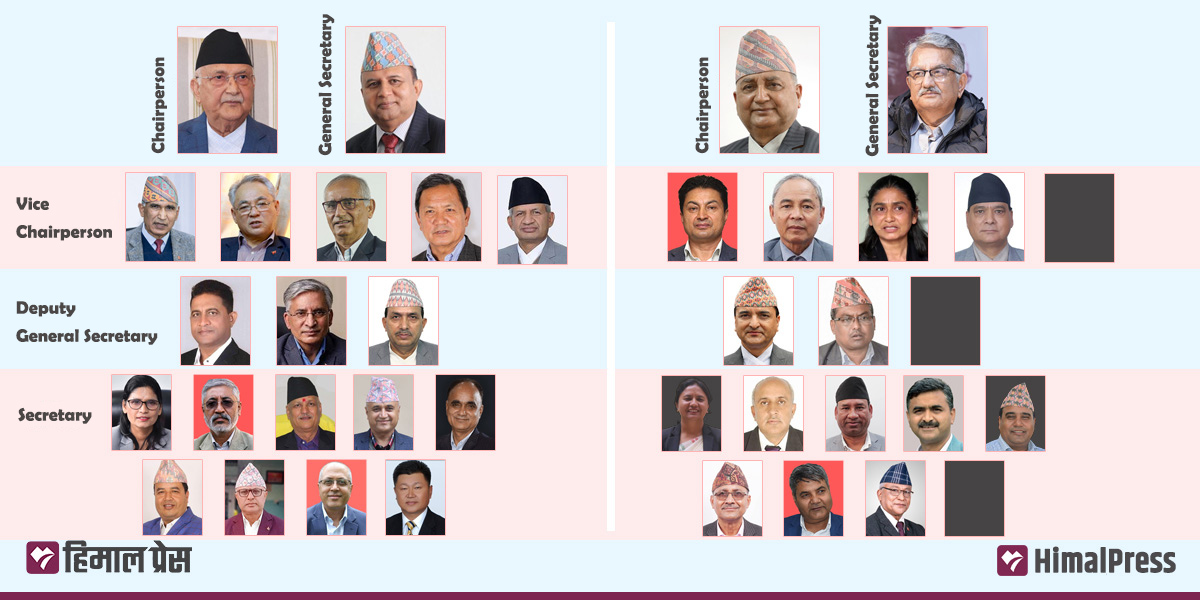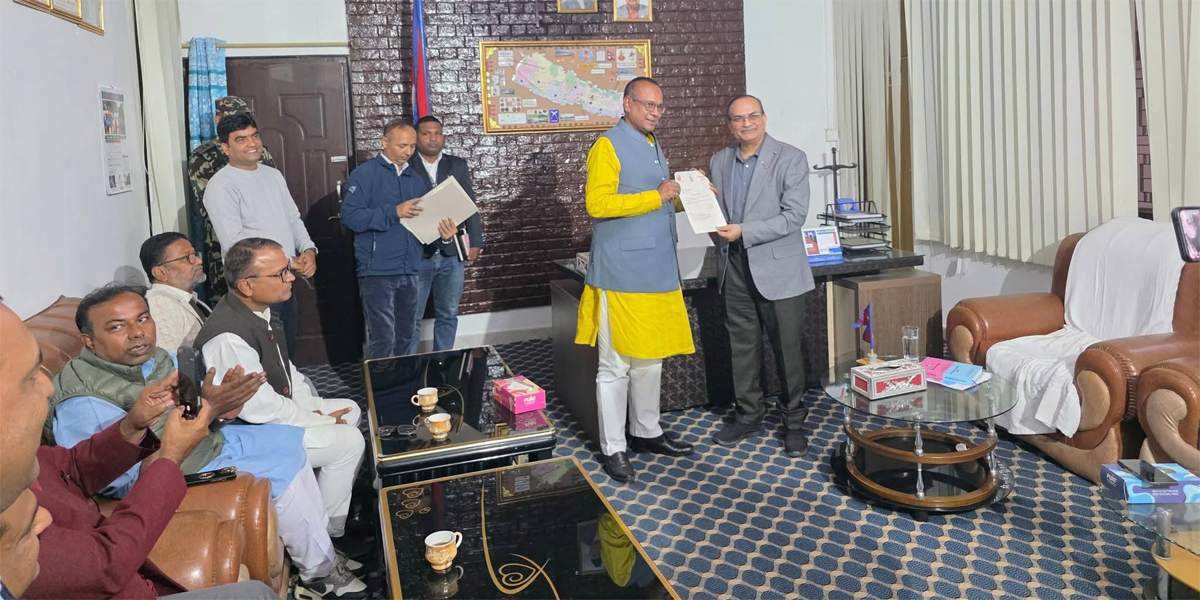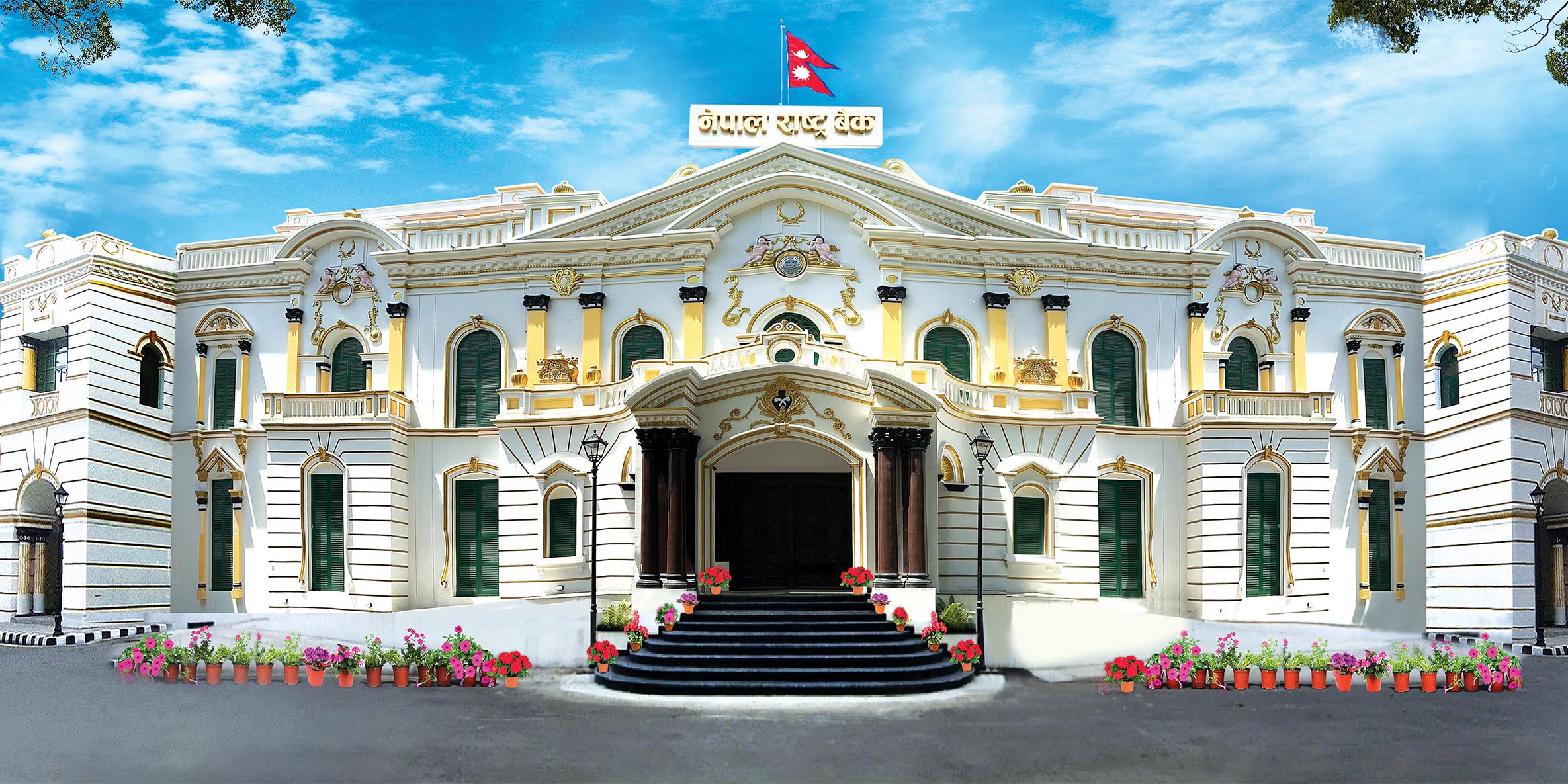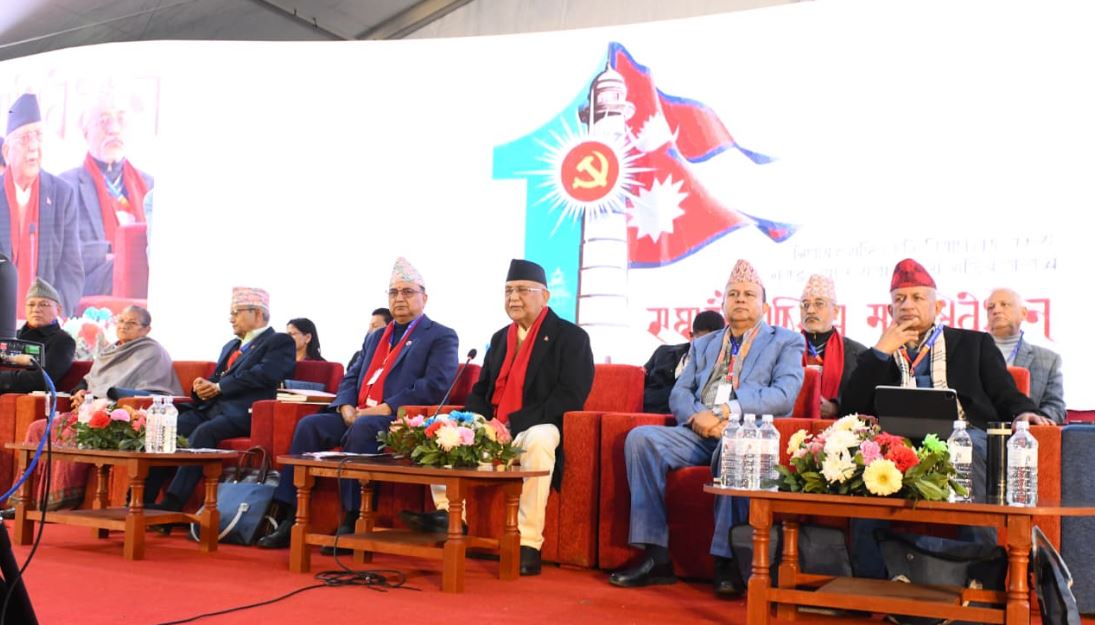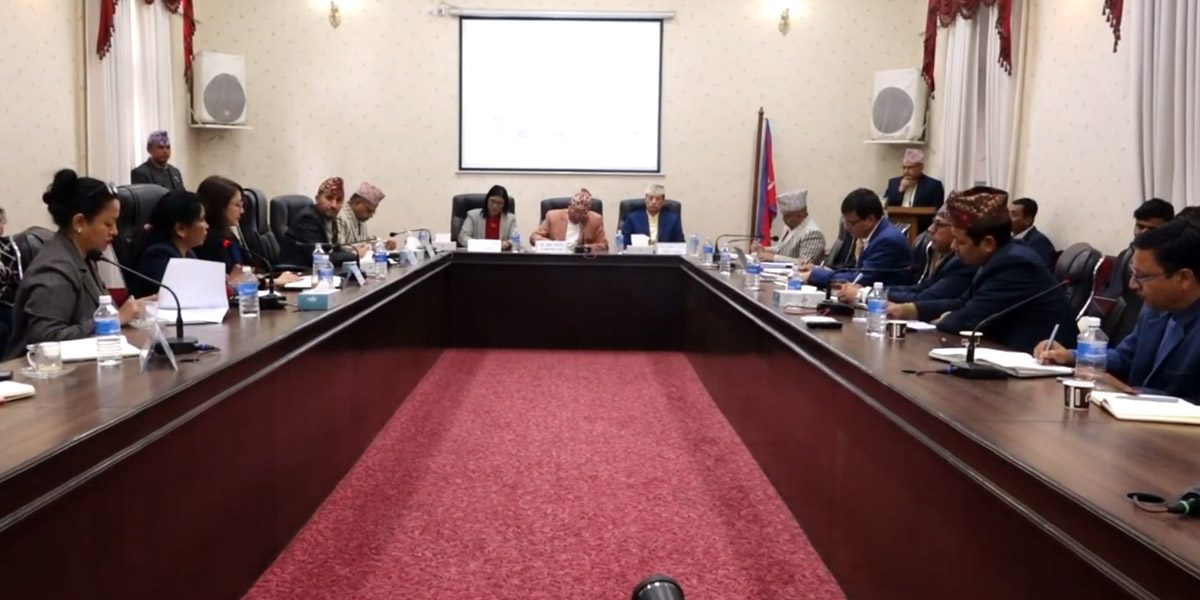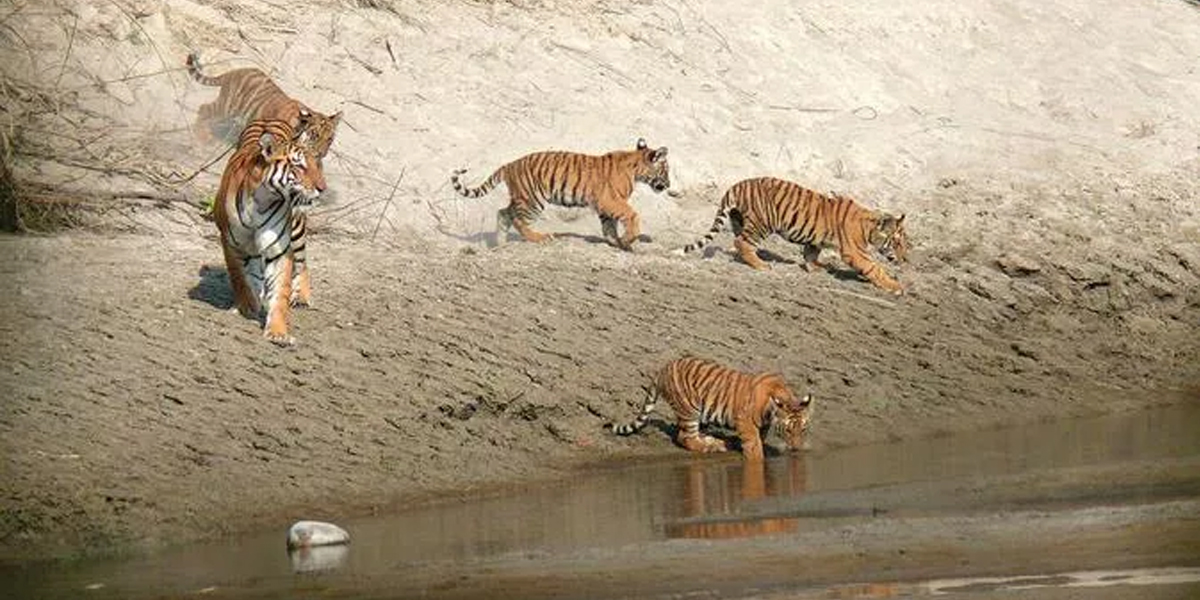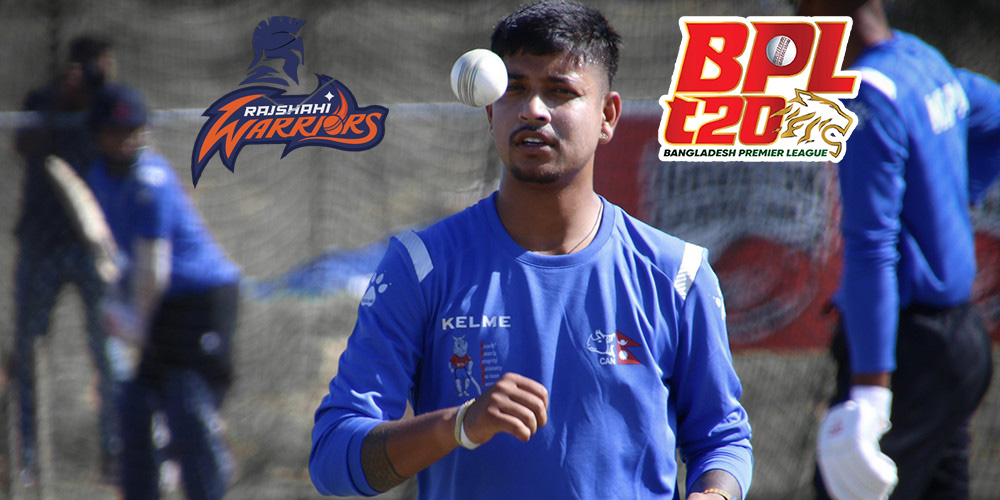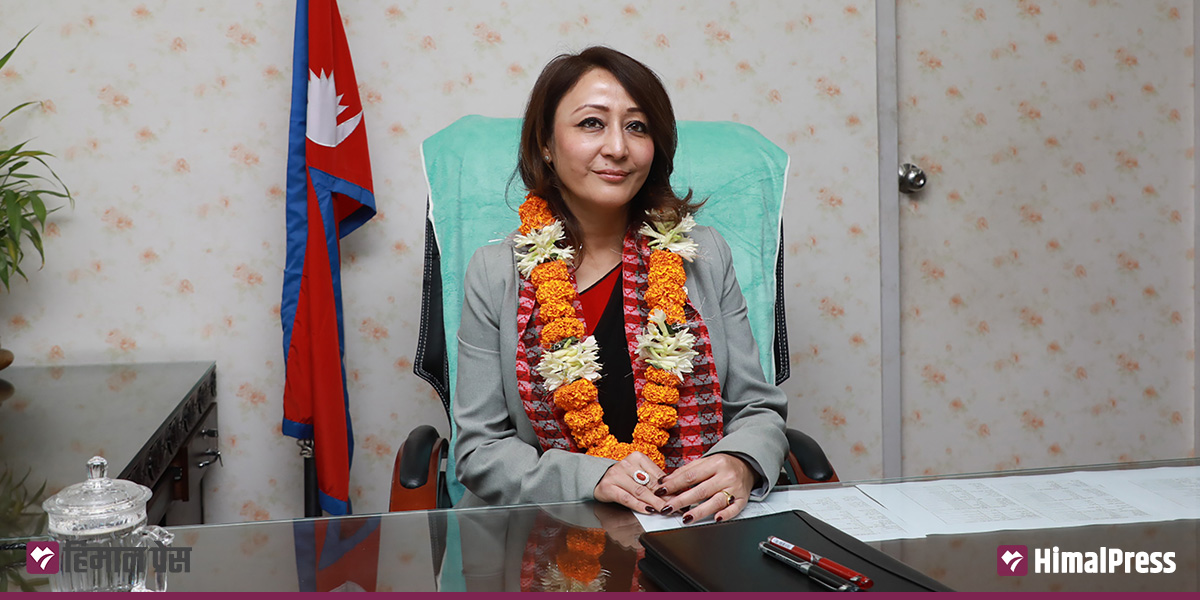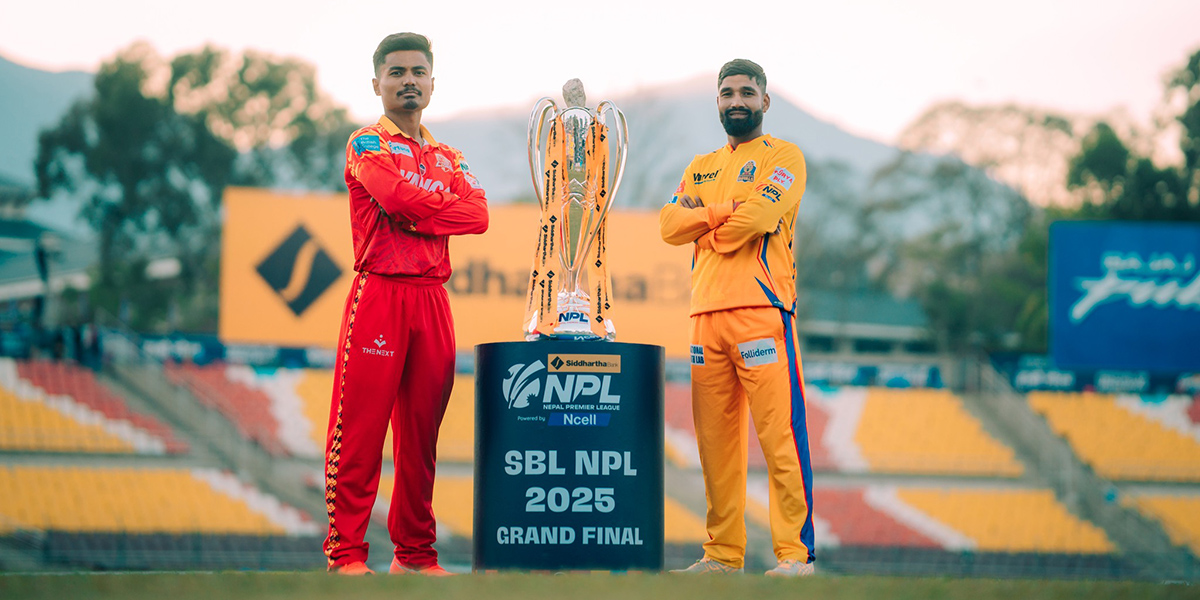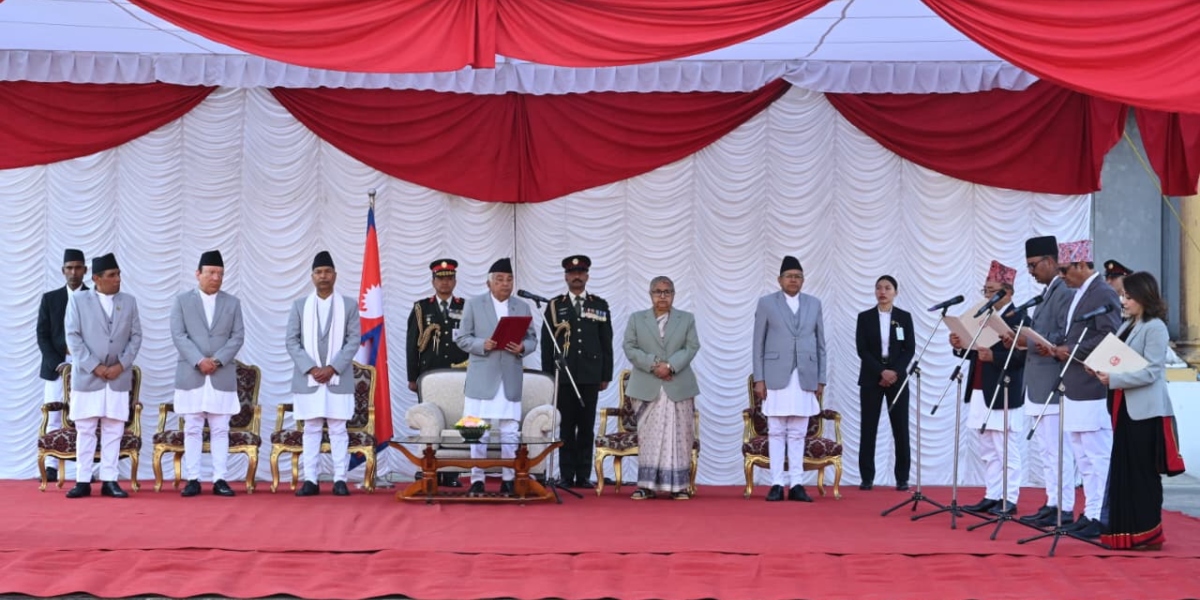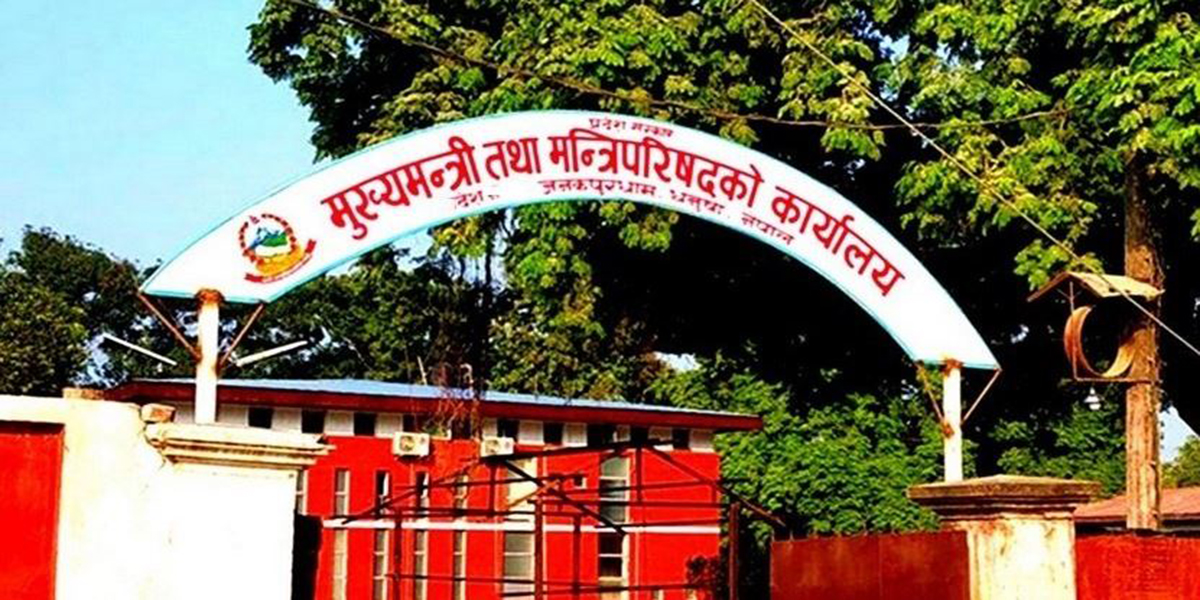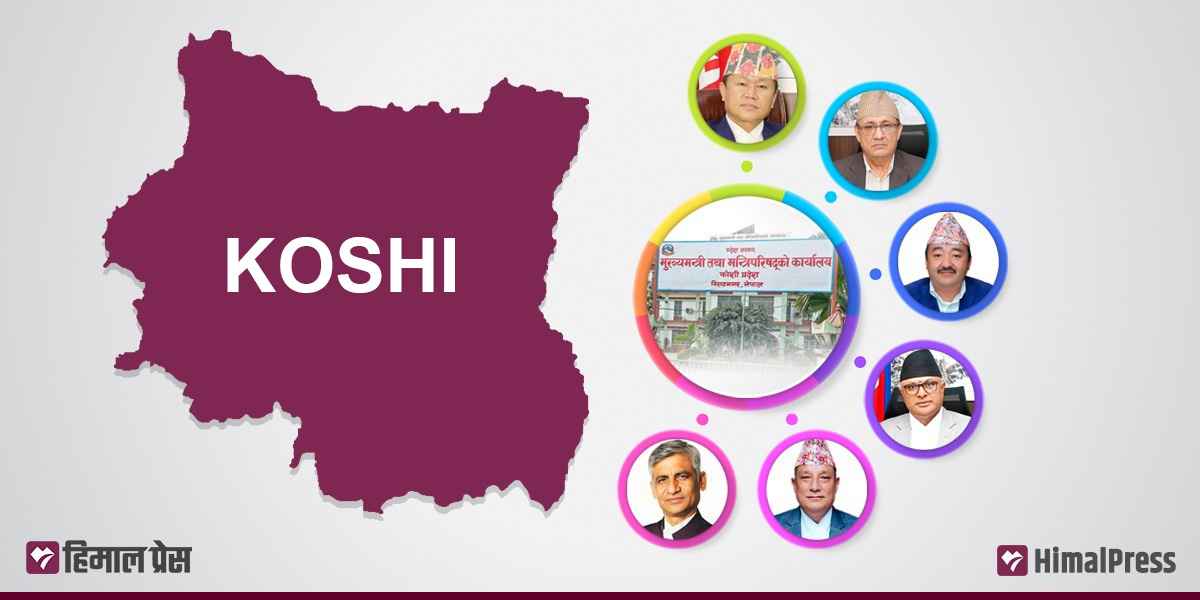
ITAHARI: The Koshi Province government completed seven years of formation last Saturday. During these seven years, the image of the provincial government, which was first formed on February 14, 2018, has been tarnished due to frequent government changes caused by unstable political structures.
The Koshi Province Assembly’s first term saw the formation of three governments, while it has already seen six in the third year of the second term.
According to a report outlining the achievements of the provincial government, 75 laws have been created during the seven-year period. From fiscal year 2017/18 to 2023/24, the provincial government allocated a combined budget of Rs 229 billion for the province. However, only Rs 168.39 billion could be spent. The provincial government has managed to spend Rs 96.69 billion of the capital budget in the period, while Rs 23.1 billion was transferred to local units.
Between 2017/18 and 2023/24, 453 kilometers of roads were implemented through multi-year projects. Likewise, 1,390 kilometers of gravel roads, 608 kilometers of blacktopped roads, 93 concrete bridges, and 222 suspension bridges were built in the province during the period.
According to the provincial government, 113 community buildings, 28 government buildings, and 16 integrated settlements have been constructed. Under the People’s Housing Program, 7,284 houses have been built, along with two view towers and other structures.
Similarly, during this period, Rs 1.12 billion was spent on constructing physical infrastructure for security agencies. The budget has been used to construct 97 police office buildings, with two still under construction. Likewise, police have been provided with 370 motorcycles, 10 scooters, and 15 four-wheelers.
UML is the largest party in the 93-member province assembly with 40 members (including the deputy speaker), Nepali Congress (NC) has 29, CPN (Maoist Center) has 13, Rastriya Prajatantra Party (RPP) has 6 (including the speaker), CPN (Unified Socialist) has four, and Janata Samajbadi Party (JSP) Nepal has 1 member.
The implementation of federalism is becoming challenging due to interference from the central leadership of the parties and the federal government. Provincial governments are being changed with every change in the federal government.
Experts say the central leadership of party leaders should take the blame for instability in provincial governments and added that it is their responsibility to make federalism work.
Who led when?
- Sherdhan Rai – (Feb 14, 2018, to Aug 26, 2021)
Sherdhan Rai of CPN-UML is the first Chief Minister of the provincial government. He appointed 10 ministers in his cabinet. However, his government could not run for the full term due to internal disputes in his party. - Bhim Acharya – (Aug 26, 2021, to Nov 1, 2021)
Another CPN-UML leader, Bhim Acharya, who succeeded Rai, had eight members in his cabinet. He stayed in office for only 67 days because of the split in CPN-UML. - Rajendra Kumar Rai – (Nov 2, 2021, to Jan 9, 2023)
Rajendra Kumar Rai of CPN (Unified Socialist), which split from CPN-UML, formed a jumbo 13-member cabinet. He had support from CPN (Maoist Center) and Nepali Congress, among other parties. He stayed in office until the first term of the provincial assembly. - Hikmat Kumar Karki – (Jan 9, 2023, to July 7, 2023)
Hikmat Kumar Karki of CPN-UML became the first Chief Minister of the second term of the provincial assembly, leading a coalition government of UML, Maoist Center, Rastriya Prajatantra Party, and Janata Samajbadi Party Nepal. He had nine members in his cabinet. However, his government fell after Maoist Center withdrew support following a change in the power equation in the federal government. - Uddhav Thapa – (July 7, 2023, to Aug 2, 2023, and Aug 2, 2023, to Sept 8, 2023)
Uddhav Thapa of Nepali Congress became Chief Minister for two short terms as he failed to get a vote of confidence in the provincial assembly. In his second term, he included the signature of Speaker Baburam Gautam, which was later invalidated by the Supreme Court. - Hikmat Kumar Karki – (Sept 8, 2023, to Oct 15, 2023)
Karki became Chief Minister as the leader of the largest party in the provincial assembly. But he failed to win a vote of confidence in the provincial assembly. - Kedar Karki – (Oct 15, 2023, to May 9, 2024)
Kedar Karki of the Nepali Congress became Chief Minister with the support of CPN-UML. He appointed 10 members in his cabinet. However, his government fell after CPN-UML withdrew its support following the appointment of ministers from the Maoist Center and Unified Socialist. - Hikmat Kumar Karki – (May 9, 2023, to present day)
Karki is the incumbent Chief Minister of the province. The support of the Nepali Congress, the second-largest party in the provincial assembly, has given stability to his cabinet.

